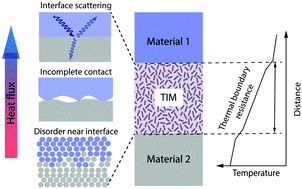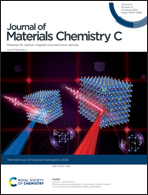Emerging interface materials for electronics thermal management: experiments, modeling, and new opportunities
Abstract
Thermal management is becoming a critical technology challenge for modern electronics with decreasing device size and increasing power density. One key materials innovation is the development of advanced thermal interfaces in electronic packaging to enable efficient heat dissipation and improve device performance, which has attracted intensive research efforts from both academia and industry over the past several decades. Here we review the recent progress in both theory and experiment for developing high-performance thermal interface materials. First, the basic theories and computational frameworks for interface energy transport are discussed, ranging from atomistic interface scattering to multiscale disorders that contributed to thermal boundary resistance. Second, state-of-the-art experimental techniques including steady-state and transient thermal measurements are discussed and compared. Moreover, the important structure design, requirements, and property factors for thermal interface materials depending on different applications are summarized and exemplified with the recent literature. Finally, emerging new semiconductors and polymers with high thermal conductivity are briefly reviewed and opportunities for future research are discussed.

- This article is part of the themed collections: Journal of Materials Chemistry C Emerging Investigators and 2020 Journal of Materials Chemistry C most popular articles


 Please wait while we load your content...
Please wait while we load your content...
